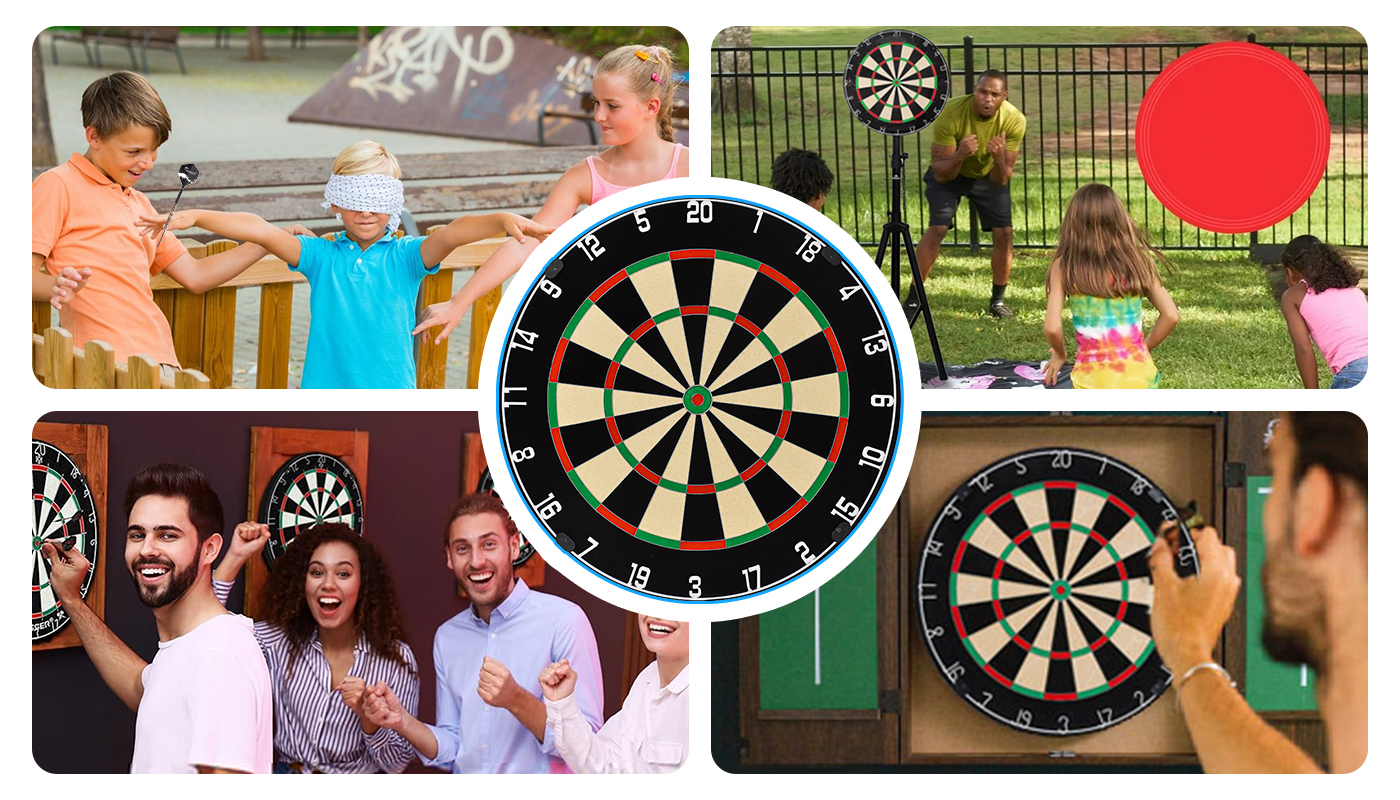Understanding Darts Rules 301: How to Play and Win

What are the Rules for 301 Darts?
How to Play Darts 301 Rules?
Understanding the Endgame: Double Out Rule
Strategy Tips for Darts 301: How to Improve Your Game
Conclusion
FAQs about Darts Rules 301

Dropshipping Custom Darts: Opportunities and Challenges for Online Sellers

How to Source Reliable Custom Dart Manufacturers for Global E-Commerce

Best-Selling Custom Dart Ideas for Amazon and Shopify Stores in 2025

Boost Your Promotional Campaigns with Branded Dartboards

Custom Darts as Premium Corporate Gifts: A Unique Way to Impress Clients
Dartboard cabinets
Does the dart cabinet support a variety of decorative styles?
Yes, it can provide a variety of design options such as retro, modern, industrial style, etc.
Is there storage space inside the dart cabinet?
Yes, some dart cabinets are equipped with drawers or partitions for storing darts and accessories.
Dart Shafts
What is the connection between the dart shaft and the dart blade?
Mainly connected through a standard threaded interface or an integrated design to ensure stability and easy replacement.
Services provided
Can you provide additional technical support for large-volume orders?
Yes, we provide technical support for large-volume orders, including dedicated account managers, product debugging and optimization suggestions and other services.
Dart usage scenarios
Can dart boards be used in fitness centers?
Yes, dart boards help exercise reaction ability and hand-eye coordination.

Custom wholesale PVD black iron dart set
This steel-tip iron darts set features durable iron barrels, sharp steel tips, and high-quality flights for smooth, accurate throws. Ideal for home, bars, or competitive games, it offers reliable performance and excellent value for players of all levels.

Wholesale 90% tungsten steel tip darts 21G PVD Color
This tungsten dart is made of high-density tungsten steel, which has excellent stability and accuracy. Its optimized weight distribution and streamlined design make each throw more stable, suitable for professional players and high-frequency training, providing an excellent gaming experience.

Custom wholesale plastic 2ba dart flights
The integrated dart tail combines the shaft and flight seamlessly, made from high-strength, lightweight materials for exceptional durability and flight stability. Its streamlined design reduces drag, improving throwing accuracy. Easy to install, it’s perfect for beginners and professionals alike. Available in various colors and sizes, it’s an ideal accessory for dart players.

Factory customized PVD black 25G 90% tungsten steel tip darts with knurling pattern
Our tungsten steel darts are designed for dart lovers and dart players, and are manufactured using professional CNC precision machinery. The surface uses engraving technology and PVD blue coating to make the darts feel better.
Discover SKIPJACK’s Custom Dart Solutions
SKIPJACK offers darts custom-made solutions designed for excellence. Improve your game with our precision-crafted, customized darts.

Whatsapp: +8615919340906
SKIPJACK DARTS
SKIPJACK DARTS
SKIPJACK DARTS